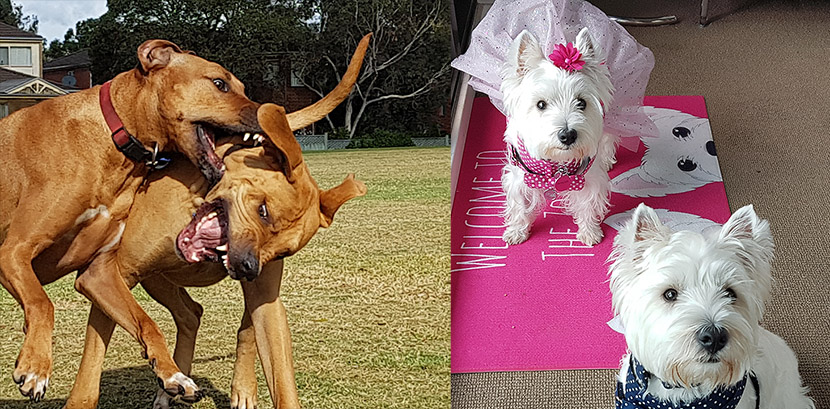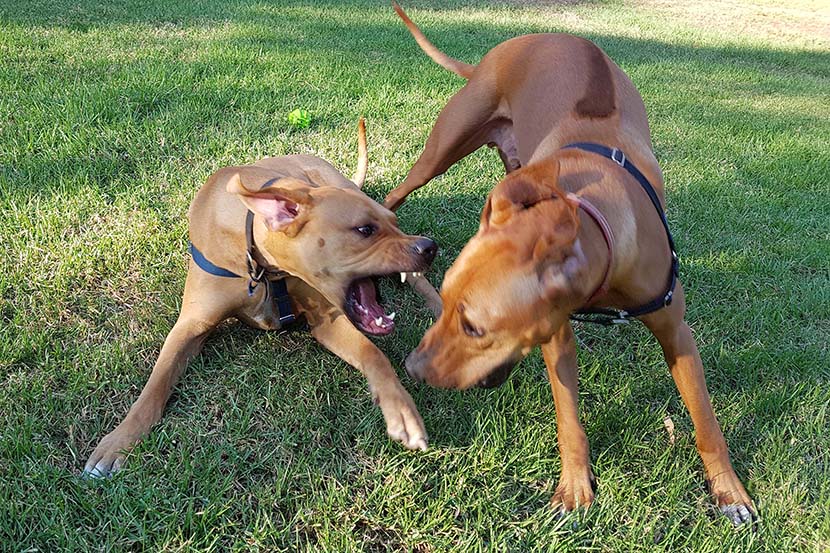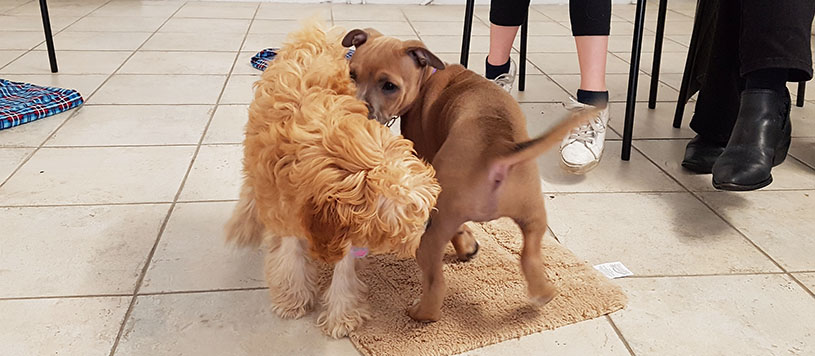A young boy gets bitten in the face by the family’s nine year old dog who just wanted to have a quiet nap. But the kid had other ideas and climbed on the sleeping dog’s back to ride him “like a horse”. Lo and behold, the dog bites.
What does it take for change to happen? Change to human behaviour that is, since the dog was simply behaving like a dog. I’m also not talking about the boy’s behaviour. He was simply behaving like a boy. That leaves whoever was—or rather should have been—supervising.
Dog bites to children are not accidents or come out of the blue. They are preventable.
A Wrong Picture of The Family Dog
I grew up with Lassie. I get it. The fictional, loyal-to-the-death dog who throws herself into danger and saves children and adults alike. A dog who protects good people and brings bad people to justice. A dog with the highest moral standards in the universe who shows everyone else how to be a good person. No one ever needed to supervise Lassie with children.
Were we left to believe that our dogs are like Lassie and that they won’t bite, even if a kid sticks a lit sparkler up their nose (yes, that actually happened)? Surely not. So, why are we so immutable when it comes to understanding dog behaviour. No, it’s not about dominance. No, there’s nothing wrong with the dog. No, it’s not about certain breeds. There’s nothing abnormal about a dog who bites. Biting is what they do when they feel threatened. Our job is to make sure they don’t feel threatened. Otherwise, a guinea pig might be a better choice for a family pet. Those unfortunate creatures don’t have an aggressive bone in their body, which makes them the perfect, well, guinea pigs.
What Everyone Can Do to Prevent Dog Aggression
Dog bites are allegedly under-reported, which tells me that people do want to protect their dogs. We love our dogs, but we are shocked when they behave like dogs. The solution is not that we somehow learn to overcome our genetic fear of predatory animals, but that we learn and spread the knowledge about aggressive behaviour in dogs. The cute looking white fluffy dogs above, for example, are born killers. West Highland White Terriers were bred to go underground to hunt and kill other animals. There’s nothing cute about that. The fact that they are dressed like dolls may fool us and our children about their true nature. A nature they share with the dogs on the left, who are having a good romp.
There’s nothing wrong with putting clothes on your dog. In fact, it can be a very valuable exercise to teach your dog that being handled by humans is a great thing (because it’s followed with lots of tasty treats, of course!). Given how much our dogs are being touched and handled by us, groomers, vets etc., we better make it enjoyable for them from an early age on. It gives the dog less reason to become afraid and defensive and reduces the risk that uninvited contact (for example by exuberant children) leads to fear-aggression and possible injury to us or our children.
Additionally, we all need to be proactive in pushing for humane dog training methods, if we want to significantly reduce bite incidents. All those medieval tools and techniques that are meant to stop a dog from behaving like a dog need to go. Positively reinforcing what we would like them to do, combined with appropriate management and supervision and, of course, giving them an outlet to be dogs, is the only way forward to give our dogs less reason to become defensive.
Let’s Learn and Educate Together and Protect Children and Dogs
Maybe all those books and movies about cute, hilarious or heroic dog characters that we grew up with have compromised our judgement, who knows. What is clear though is that dog bites are not being addressed in our society the way they should. There are TV ads reminding parents of not leaving their young children alone around water. How about something similar for child and dog safety? Sure, far fewer children die from dog bites compared to drownings, but let’s not forget that a lot of dogs die, because they bit a child.
Let’s put a stop to this. Let’s not allow our children, or even ourselves, to believe that a dog is a fluffy cuddle toy who should endure to be poked and grabbed and ridden like a horse. Let’s learn and educate together and protect our children and our dogs.
FURTHER RESOURCES
Stop The 77
Doggone Safe
I Speak Dog
All About Dogs
Fear Free Happy Homes



